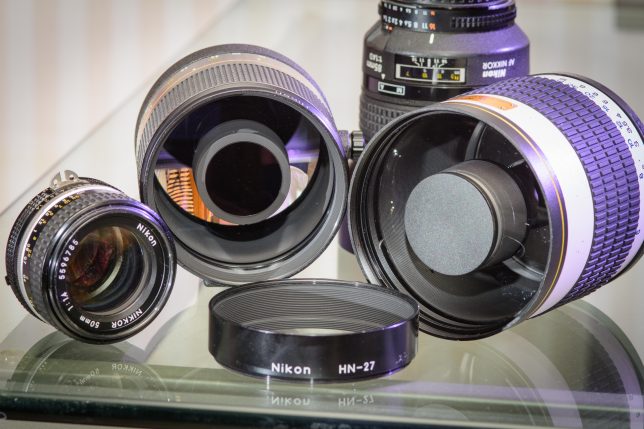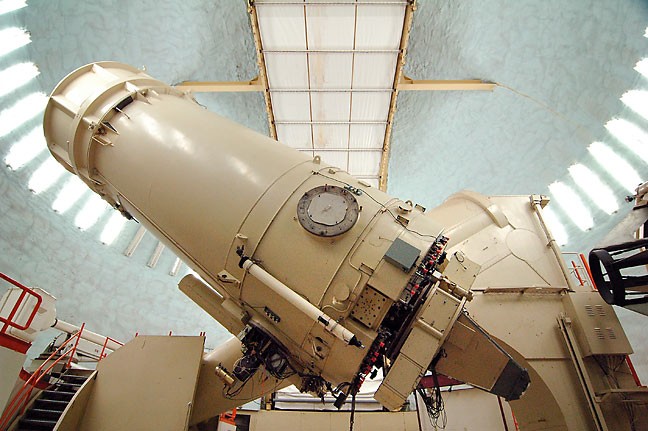This article was originally posted in 2015, but this update reflects the fact that I recently purchased another Reflex-Nikkor 500mm f/8 lens.



In the late 1980s through the mid 1990s, I had a Reflex-Nikkor 500mm f/8 lens. The optical formula is known as a catadioptric, or mirror, lens. Astronomers know about this type of optic, but despite being a relatively cheap way to own a long-focal-length, lightweight lens, this design has fallen very much out of vogue with photographers because of a several significant shortcomings…
- The maximum aperture is small, typically around f/8, and because of the optical design is the only aperture available.
- Significant vignetting – darkening at the edges, so the f/8 is only f/8 in the center of the image, and the corners are more like f/16.
- The “bokeh,” or quality of the background, isn’t just ratty or ugly, it can be, in some circumstances, downright unacceptable.

I found that in the years that I owned it the first time, my 500mm sat at the bottom of a bag of “extra” lenses I kept in the trunk of my car, and I seldom got it out and used it. By 1997, I had the magnificent Nikkor 400mm f/3.5 ED-IF, which combined with a teleconverter to form a 560mm that was very sharp.
However, like a lot of Nikon lenses I sold, I started missing the 500mm, so I kept tabs on them on Ebay. For a long time, they were commanding a very high price. But with the development of cheap superzoom lenses for the ever-growing mirrorless camera market, prices finally fell, so I grabbed one. I got it from a seller in Japan, and this particular one is in almost perfect condition.


I put it into service the next day, and it was everything I remember: a sharp, lightweight, manual-focus lens.

Being able to focus a lens is a dying skill, but one I personally keep alive. This lens is among the more challenging to focus because the depth-of-field is razor-thin, and the focus throw, the amount you have to turn the ring to focus, is very long. It needs to be, since long focus throws let us carefully fine tune our focus spot.
Of course, we come back to the idea that mirror lenses produce those obvious doughnut-shaped out-of-focus areas, often called, correctly so (for a change), doughnut bokeh. It can work against you, but if your backgrounds are less cluttered and darker, it’s less of an issue.
One thing that makes this 500mm better today than in the film days is that you can amp the ISO on digital cameras so you can marry the constant f/8 with a fast shutter speed.
I can’t truthfully say I recommend this lens, since there are many better options today, but buying it and using it again after all these years scratched a bit of nostalgia itch. I’m glad I got it.
